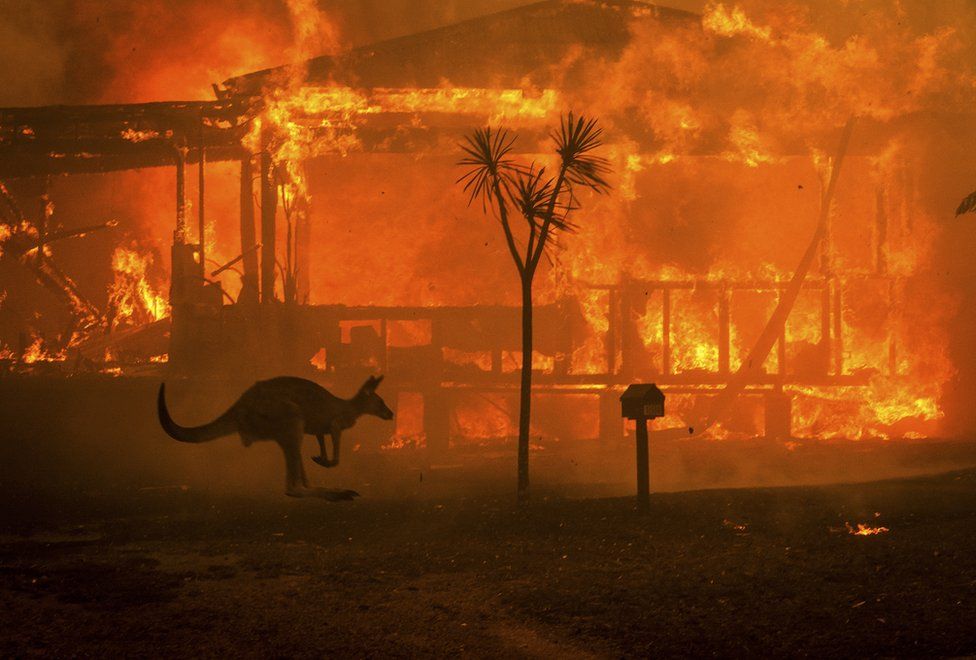The COVID-19 Pandemic: Are the PHEIC Protocols Doing Their Job?
By Kara Rockey, Associate Editor
Since the first reported case of COVID-19 emerged in China in December 2019, there have been over 416,000 confirmed cases and over 18,000 confirmed deaths, all spurring from 197 affected countries. Ultimately, the rapid spread of the virus has highlighted a global vulnerability to the spread of novel infectious diseases, particularly ones spread easily through close proximity and social interaction.
The World Health Organization (WHO) has been at the forefront of global efforts to combat the COVID-19 pandemic by providing leadership and guidance to many affected countries, contributing to research efforts, and setting global standards and monitoring their implementation.
The IHR is a binding instrument of international law enacted in 2007, which aims to “prevent, protect against, control and provide a public health response to the international spread of disease in ways that are commensurate with and restricted to public health risks.” Further, the IHR provides that the WHO’s Director General, with the advice of an Emergency Committee, may declare an event Public Health Emergency of International Concern (PHEIC).
The WHO defines a PHEIC as an “extraordinary event” that “constitute[s] a public health risk to other States through the international spread of disease” and “potentially require[s] a coordinated international response. Generally, a PHEIC is meant to mobilize an international response to an infectious disease outbreak. Through the declaration of a PHEIC, the WHO may implement “non-binding but practically and politically significant measures that can address travel, trade, quarantine, screening, treatment.”
In the context of COVID-19, many have been left wondering if such international regulations are enough to address an infectious disease outbreak of this magnitude. Critics of PHEIC question the effectiveness of the regulation’s underlying procedure. To meet the required criteria for declaring a PHEIC, the public health situation must be serious, unusual, or unexpected; carry implications for public health beyond the affected State’s national border, and; have the potential to require immediate international action.
Many believe that these criteria are overly broad, thus rendering determinations of a PHEIC arbitrary and potentially drawing out the decision-making process during times of crisis. In the context of COVID-19, on January 22, 2020, despite the situation rapidly evolving, the WHO’s Director-General determined COVID-19 not to be a PHEIC due to the limited spread of the virus outside of China. It was only a few days later, on January 30th, that COVID-19 was officially declared a PHEIC. Given the disease’s high rate of infection, in the span of just a few days, there were more than 7,800 confirmed cases of COVID-19, with fewer than 100 coming from China. Some critics believe that this delayed decision is partly responsible for a spike in cases internationally, as the delay in response also postponed international coordination for a more unified response to the virus globally.
Further, the overall procedure for determining a PHEIC has even been criticized by Tedros Adhanom Ghebreyesus the Director-General of WHO, who has communicated his belief that the decision to declare a situation as a PHEIC is a binary decision. A situation is either classified as a PHEIC or not. Tedros further expressed his desire to revise this, noting that it would be good to have “something in between…There could be some intermediate situation,” in which WHO recommendations could be provided.
Ultimately, when trust is missing in a community relationship, there will be minimal chance of solving a community-health related issue. It is essential that the WHO work to regain the trust of the international community in the context of both the COVID-19 pandemic, as well as future disease outbreaks. While given the complexity of global pandemics it is unrealistic to expect a perfect system, however, the WHO should start by addressing the ambiguities within its PHEIC protocols.
References
Coronavirus Disease (COVID-19) Pandemic, WHO, available at https://www.who.int/emergencies/diseases/novel-coronavirus-2019 (last visited Mar. 25, 2020).
Lauren M. Sauer, M.S., What is Coronavirus?, John Hopkins Medicine, available athttps://www.hopkinsmedicine.org/health/conditions-and-diseases/coronavirus (last visited Mar. 25, 2020).
See The Role of WHO in Public Health, WHO, available at https://www.who.int/about/role/en/ (last visited Mar. 25, 2020).
Gian Luca Burci, The Outbreak of COVID-19 Coronavirus: Are The International Health Regulations Fit for Purpose?, EJIL Talk (Feb. 27, 2020), available at https://www.ejiltalk.org/the-outbreak-of-covid-19-coronavirus-are-the-international-health-regulations-fit-for-purpose/ (last visited Mar. 25, 2020).
Lawrence O. Gostin, What Questions Should Global Health Policy Makers Be Asking About the Novel Coronavirus?,Health Affairs (Feb. 3, 2020), available at https://www.healthaffairs.org/do/10.1377/hblog20200203.393483/full/ (last visited Mar. 25, 2020).
IHR Procedures Concerning Public Health Emergencies of International Concern (PHEIC), WHO, available athttps://www.who.int/ihr/procedures/pheic/en/ (last visited Mar. 25, 2020).
Pedro A. Villarreal, International Law and the 2018-2019 Ebola Outbreak in the Democratic Republic of Congo, EJIL Talk (Aug. 1, 2019), available at https://www.ejiltalk.org/public-international-law-and-the-2018-2019-ebola-outbreak-in-the-democratic-republic-of-congo/ (last visited Mar. 25, 2020).
Andrew Joseph, WHO Declares Coronavirus Outbreak a Global Health Emergency, Stat News (Jan. 30, 2020), available at https://www.statnews.com/2020/01/30/who-declares-coronavirus-outbreak-a-global-health-emergency/ (last visited Mar. 25, 2020).
Lisa Schnirring, WHO Decision on nCoV Emergency Delayed as Cases Spike, CIDRAP (Jan. 22, 2020), available athttp://www.cidrap.umn.edu/news-perspective/2020/01/who-decision-ncov-emergency-delayed-cases-spike (last visited Mar. 25, 2020).
